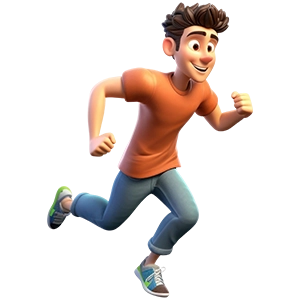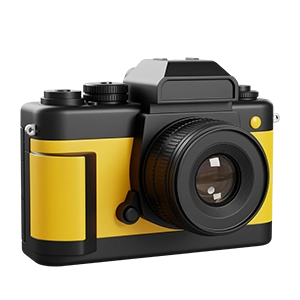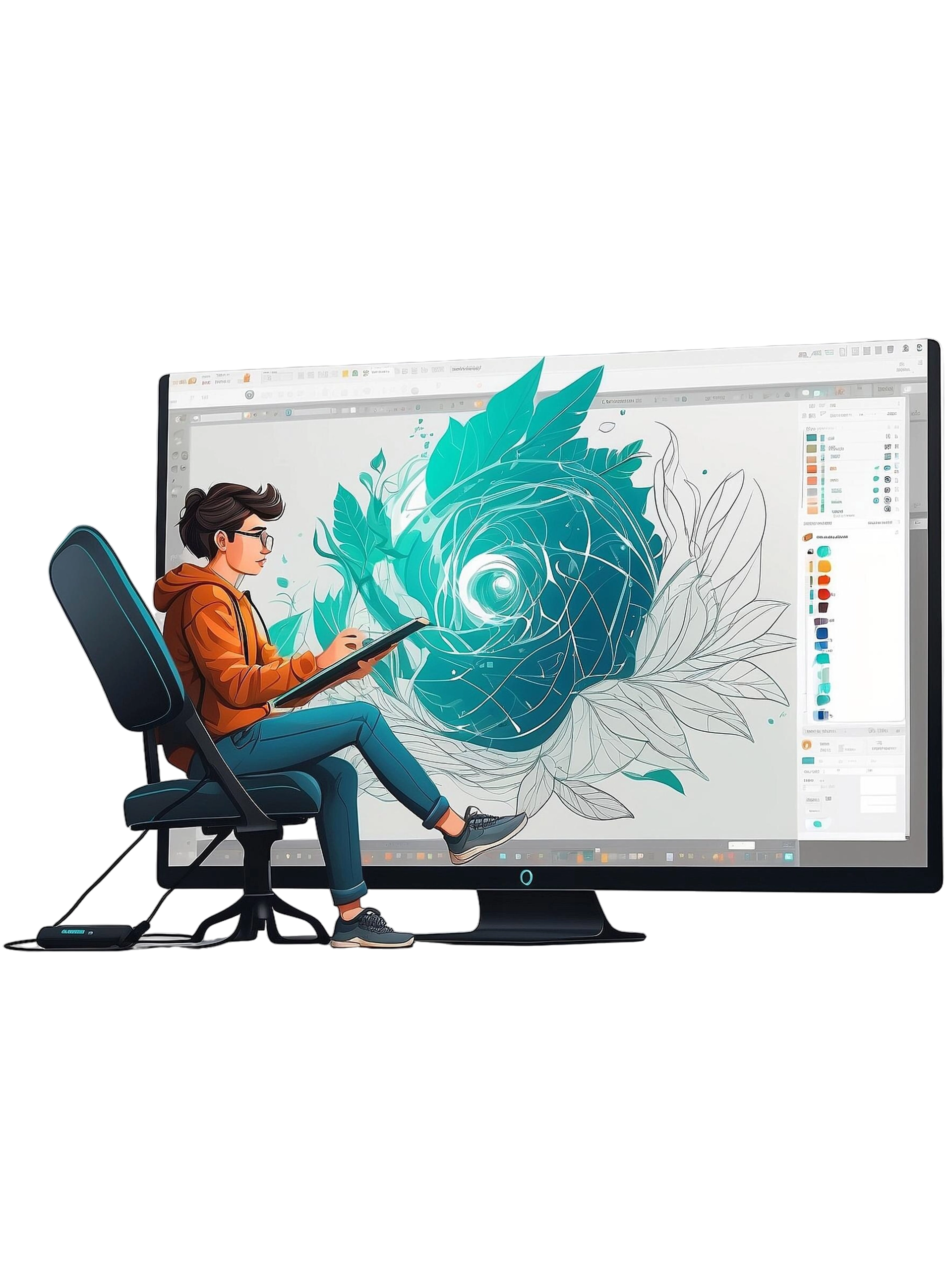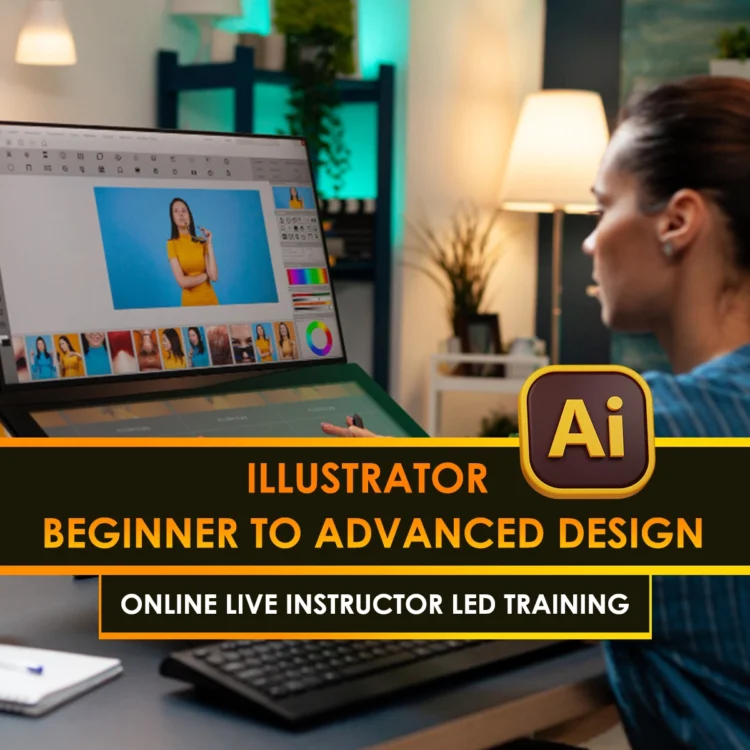Curriculum
- 13 Sections
- 37 Lessons
- 10 Weeks
- Introduction to Creative Advertisingintroduced to the history, principles, and psychology of advertising, focusing on visual communication and the role of design in building brand identity and engaging audiences.3
- Fundamentals of Logo Designexplore the core principles of effective logo creation, including simplicity, memorability, versatility, and the use of symbols, typography, and color to represent a brand.3
- Digital Logo CreationHow to transform hand-drawn logo concepts into polished digital designs using vector tools, focusing on refinement, typography, and scalability.3
- Poster Design Principleslearn key design elements such as layout, visual hierarchy, balance, and CTA integration to create clear and engaging poster compositions.3
- Creating Impactful PostersDesign visually compelling posters that balance imagery, typography, and messaging to grab attention and communicate effectively in print and digital formats.3
- Banner Design & Web Ad Standardsexplore the principles of designing effective digital banners, including layout, file formats, animation basics, and industry-standard ad sizes for web and social media.3
- Color Theory & Typography in Advertisinglearn how to use color and typography effectively to evoke emotion, enhance readability, and strengthen brand identity in advertising design.3
- Campaign Thinking & Concept Developmentexplore strategies for generating strong campaign ideas, using mood boards and brainstorming to craft unified messages that resonate across multiple media channels.3
- Designing a Cross-Media Ad CampaignStudents develop a cohesive advertising campaign adaptable across various platforms, ensuring consistent branding, messaging, and visual identity in all formats.3
- Feedback & IterationStudents receive structured critiques on their campaign drafts and refine their work through guided revisions to improve concept clarity, visual consistency, and overall impact.3
- Final Presentation & Portfolio ReviewStudents showcase their complete ad campaign—logos, posters, banners, and mockups—followed by critique sessions and guidance on building a professional design portfolio.3
- Tools & SoftwareIndustry standard design tools like Adobe Creative Suite, Figma, and Canva for creating professional visual assets across print and digital media.3
- Introduction to Creative Advertising Design1





















